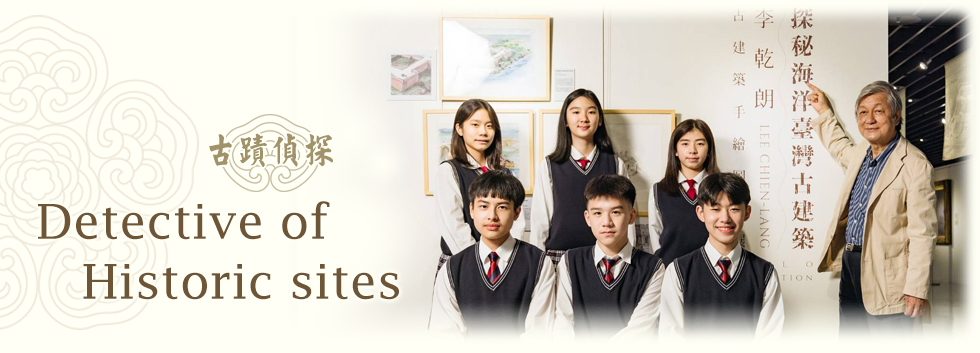Organized by Sunny Yu
Traditional Building Censor
Professor Li Chien-Lang has devoted himself to the interpretation of cultural assets and the promotion of reserving traditional architecture since the 1970s. During these years, he has endeavored to conserve the old buildings and reduce the demolition of historic buildings as much as possible. As a driving force, he continues to push ahead the movement for conserving Taiwanese cultural assets. In 1981, the Taiwanese Executive Yuan, the highest official government department, established the Council for Cultural Affairs (CCA). Next year, the CCA enacted the Cultural Heritage Preservation Act. Professor Li, who served as the examiner of Taiwanese historic buildings, has handled a number of historic sites’ conservation and reviews. Among them are some famous sites such as the 300-year-old Fort San Domingo, the 100-year-old Han family temple Chen De-Xin Hall, the 100-year-old Yin Shan Temple, etc. Professor Li emphasized that we should “let the old buildings describe their own stories.” In this sense, we must preserve the historic buildings well and pass down their stories to future generations. That is how our offspring may see human wisdom at different times.
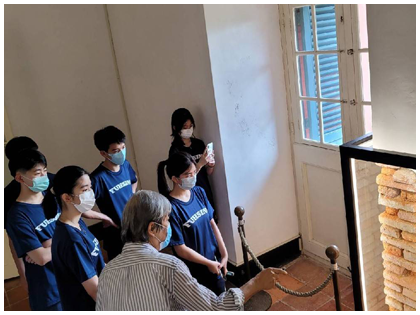
Fort San Domingo
Source: Detective of Historic sites
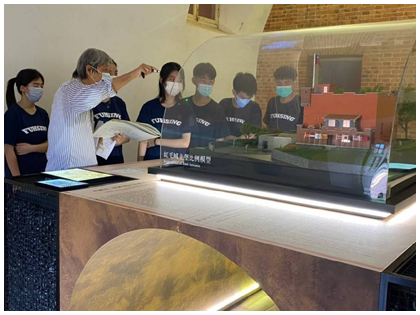
Fort San Domingo
Source: Detective of Historic sites
Under the protection of the Cultural Heritage Preservation Act, the destruction of historic buildings has been slowed down, but the law-making speed will never catch up with the fast changes in human thoughts. Complicated review procedures of historic architectures usually take over 10 years to complete. To speed up the review procedures, Professor Li suggests rescuing traditional buildings through the concerted efforts of the entire local community, and Dadaocheng in Taipei City is one of the most successful examples.
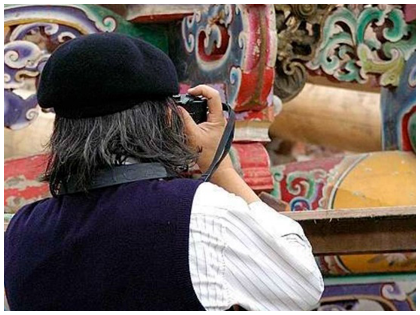 Chen De-xing Hall
Chen De-xing Hall
Source: Professor Li Chien-Lang / Detective of Historic sites

The Red House
Source: Professor Li Chien-Lang / Detective of Historic sites
Via folk force’s creative thoughts, public-to-private services, and private donations, historic architectures are indeed more well-protected. For instance, Dalongdong Bao An Temple and the Taipei Confucius Temple are both outstanding preservation examples by folk forces. The earlier development took place, the more historic architecture there will be in an urban settlement. However, many precious buildings are often simply destroyed by the excavator in one night due to the demand for further urbanization. Most Taiwanese think that preserving historic buildings may impede urban development. Therefore, there are always conflicts in the process of the reviews. To this, Professor Li said, “In fact, preservation is the best development.” People have gradually changed the concept of architectural design in recent years. To unite the traditional and modern aesthetics in buildings, people nowadays would like to preserve the original elements with innovative designs. Hence, we are able to live in not only an old community but also a new city full of varieties and abundant culture, which combines the artistic beauty in classical architecture and the modernity in recent buildings.
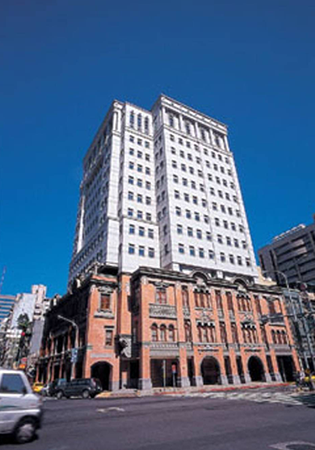 |
 |
| Taipei City hotel Source: Detective of Historic sites |
St. Patrick's Cathedral, New York City Source: Detective of Historic sites |
- https://tlife.thsrc.com.tw/tw/article/1217
- https://law.moj.gov.tw/LawClass/LawAll.aspx?pcode=h0170001
- http://tamsui.dils.tku.edu.tw/wiki/index.php/李乾朗
- https://zh.wikipedia.org/wiki/李乾朗
- https://baoan.org.tw/history.php?&lang=tw
- https://zh.wikipedia.org/wiki/臺北孔子廟
- https://www.chinatimes.com/newspapers/20140419000901-260115?chdtv

